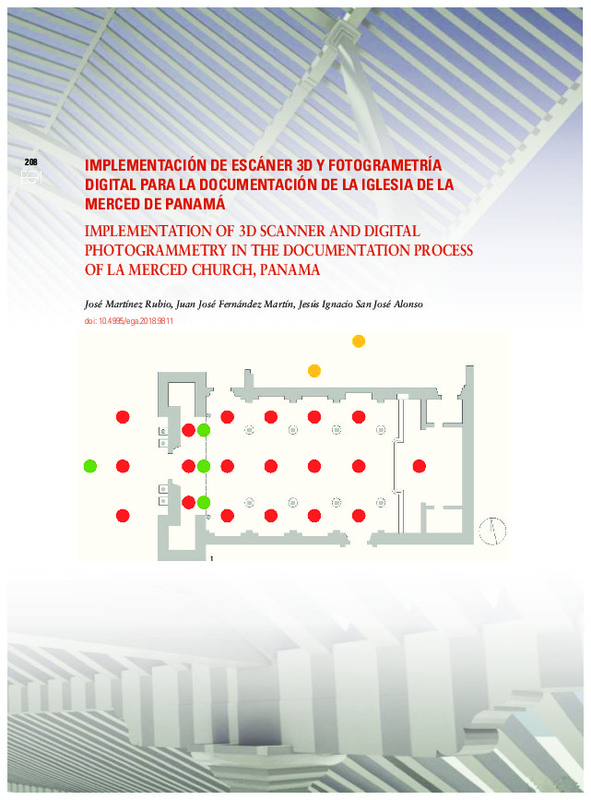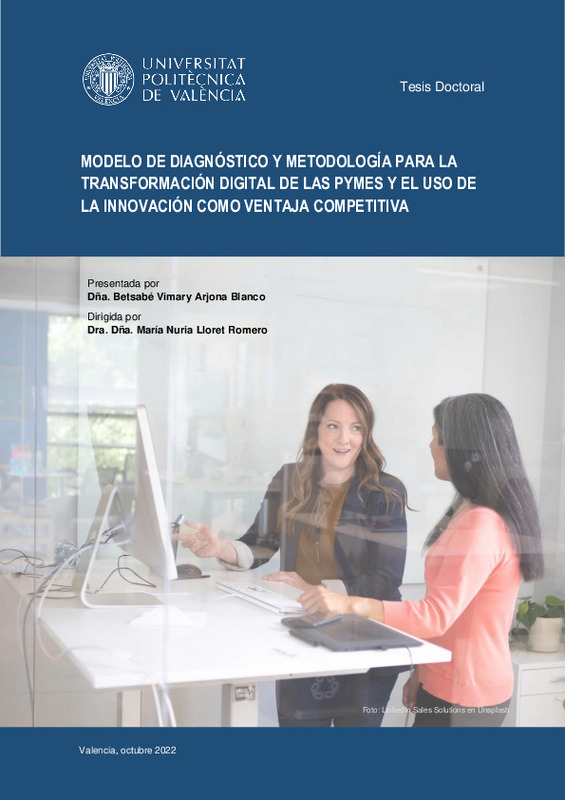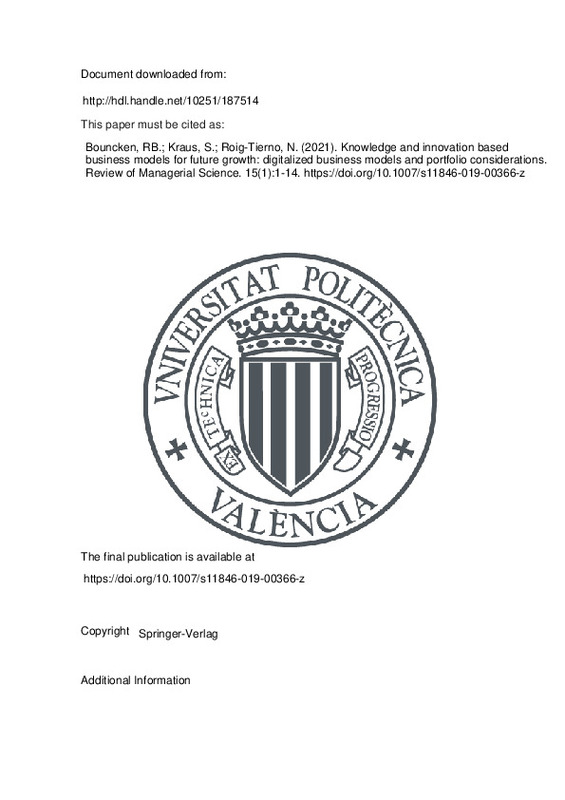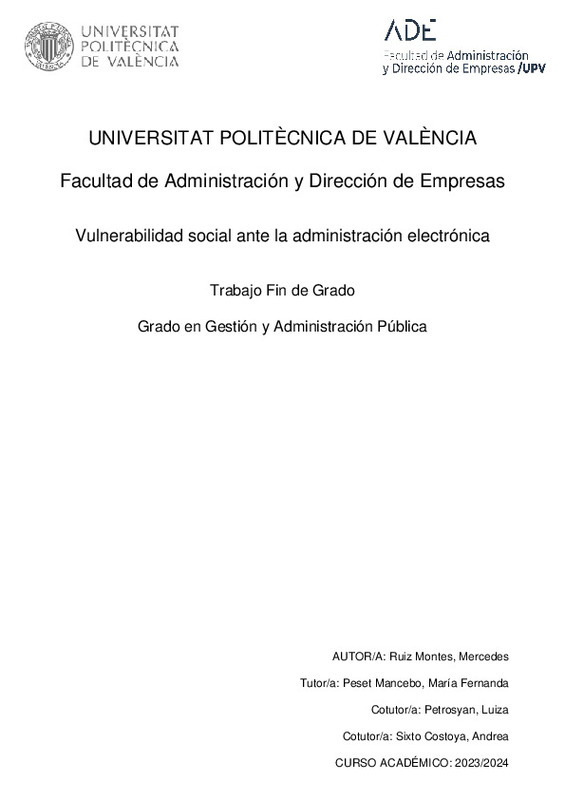|
Resumen:
|
[EN] The process of writing a report about the captured data and the graphic documentation is an essential part of the study and intervention in built heritage. This is not only due to the need for describing the architectural ...[+]
[EN] The process of writing a report about the captured data and the graphic documentation is an essential part of the study and intervention in built heritage. This is not only due to the need for describing the architectural form, but also to accurately measure the geometry, size and, especially, the formal alterations which may affect the building. In this regard, the laser and digital photogrammetric technology used in the data capture process has the following benefits:
• It is an essential source of information when it comes to assessing structural deformation and all the pathologies that affect the building structures, thanks to the accuracy and endless possibilities of digitally processing the captured data.
• By digitally processing the information we can build solid digital models, which allow us to elaborate intervention proposals and operating theories.
The project carried out in La Merced Church, Panama, complemented and provided graphic and geometric support to the study on characterization and strength of materials performed by the experts from AIDICO (Construction Technology Institute, Valencia, Spain) about the structural condition of the building. The work also describes the methodology used on the geometric data capture, the resolution of the difficulties encountered during the process, as well as the development of virtual models of the temple’s structure and historical façade, which are reference documents for planning the construction project.
[-]
[ES] En el proceso de estudio e intervención en el patrimonio edificado, la captura de datos y la documentación gráfica a redactar constituye un aspecto decisivo no solo por la necesidad de describir la forma arquitectónica, ...[+]
[ES] En el proceso de estudio e intervención en el patrimonio edificado, la captura de datos y la documentación gráfica a redactar constituye un aspecto decisivo no solo por la necesidad de describir la forma arquitectónica, sino por cuantificar con precisión su geometría, dimensión y, de manera especial, las alteraciones formales que afectan al edificio. En este sentido las tecnologías láser y de fotogrametría digital usada en el registro de datos:
• Constituye una especial fuente de información a la hora de valorar las deformaciones estructurales y todas aquellas patologías formales que afectan las estructuras del edificio, dadas las precisiones y posibilidades de procesado digital de los datos capturados.
• El procesado digital de la información obtenida hace posible la construcción de modelos digitales sólidos, a partir de los que elaborar propuestas de intervención e hipótesis de funcionamiento.
El trabajo realizado sobre la iglesia de la Merced en Panamá, complementa y da soporte gráfico y geométrico a los ensayos de caracterización y resistencia de materiales realizados por los expertos de AIDICO sobre el estado estructural del edificio. El texto expone el proceso metodológico desarrollado, la satisfacción de las dificultades surgidas en el proceso, así como el desarrollo de construcciones virtuales del sistema estructural del templo y de su fachada histórica, como documentos de referencia en la elaboración del proyecto de intervención arquitectónica.
[-]
|











